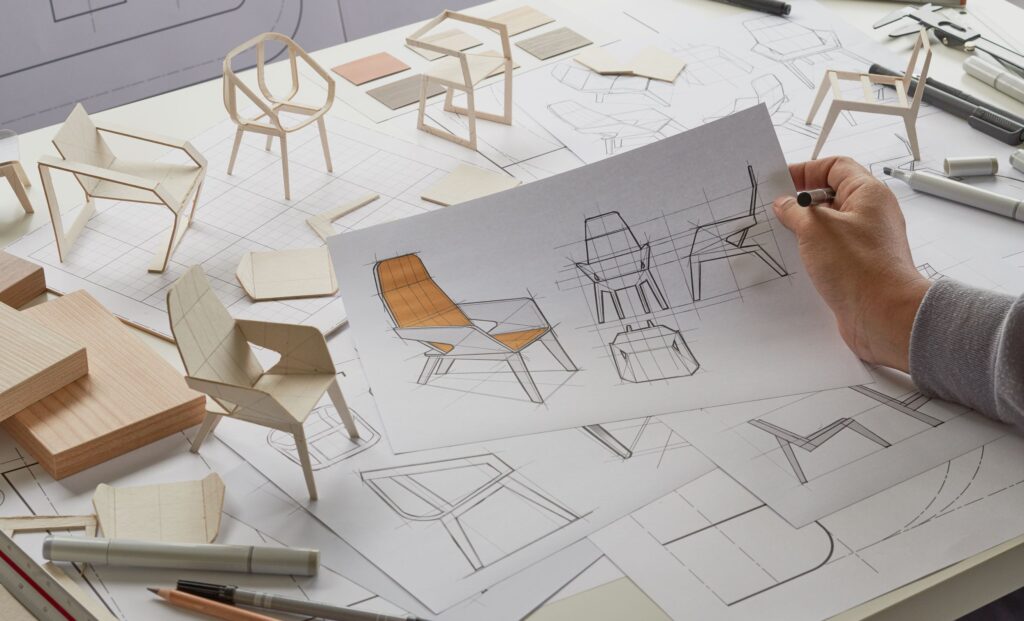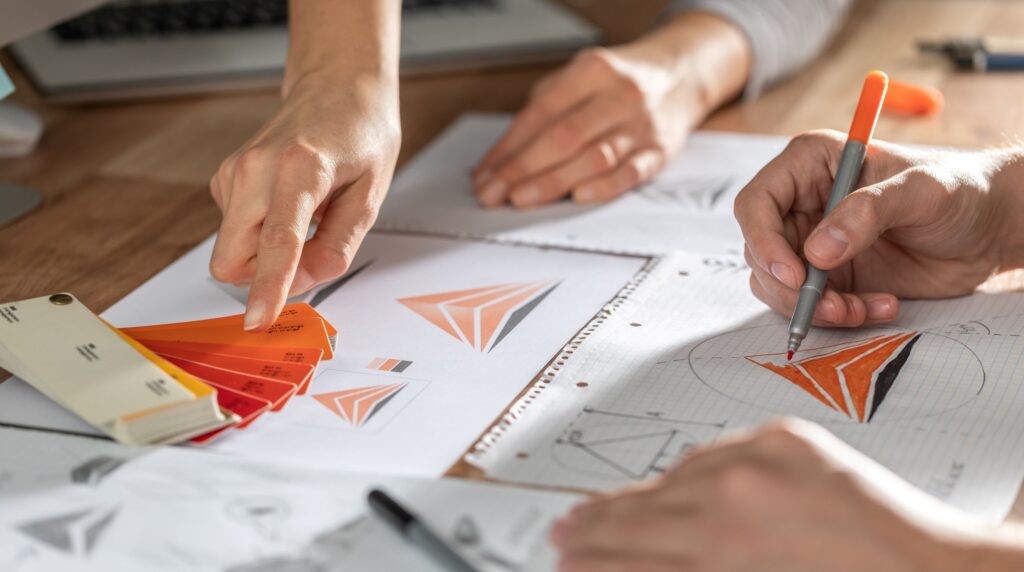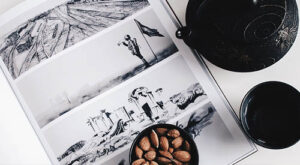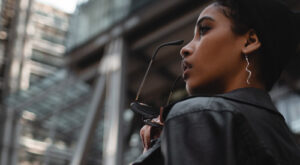Creative Strategies to Boost Your Product Development Process
As a business owner, you are constantly thinking of new and inventive ways to bring in revenue or boost your company’s credibility. After all, it can be challenging as an entrepreneur who has to come up with new ideas and innovative solutions constantly.
If you want to create the next big thing and create a successful business, you must have a level of product design skills from the get-go. Why? Because without it, your business will struggle to find its audience and stand out from competitors.
Product design can seem like a mysterious field of study, but it’s just another word for designing a product. Breaking down the process of designing an item into its steps is what is known as a process map.
You may find this concept overwhelming and feel like there are countless intricacies to grasp. However, with some practice, you’ll get used to the process and appreciate how much easier it is than before. After all, once you learn about process maps and how they fit into your overall product development strategy, it’ll become second nature to you.
This blog post aims at helping you take your first baby step toward understanding how to design a better product. From identifying the market need for your product to creating tangible ideas for your business, we will go over everything you need to know about designing products for startups-from-the-inside out.
What is product design?

Product design is the process of creating a product from inception to launch. The process includes research, development, manufacturing, and marketing. Product design involves the strategy and visualization of products, as well as their functionality, usability, and form.
This process is essential in the development of any good or product. Product design is the process of conceiving, designing and creating new products and services.
During this process, product designers need to establish the need, identify the target audience and then create and build the product.
Product design is the art of creating products that customers will find useful and pleasurable to use. It involves identifying the needs of customers and how to fulfil those needs with the design of a product.
What is market research?
Before you even think about developing a product, you need to identify the need in the market. This is done through market research.
Before you get into the product design process, you must identify the problem or problem you are trying to solve. You need to first identify the problem your product is going to solve for your customers.
To identify the problem your product is going to solve for your customers, you need to do some market research. For example, you may want to do some customer interviews, surveys, and surveys. You can also do competitor analysis by comparing your product to other similar products.
What is a process map and how does it help product development?

When you’re designing a product, each step must be thoughtfully planned out. And the core of this process comes from a product design map – a visual representation of all the steps that comprise a product.
The process map is a diagram that illustrates the various steps involved in the design, development and production of a product. It shows the relationships between these stages and the people involved.
A product design map helps you to visualize your product’s journey from inception to completion, highlighting the key decisions and milestones along the way. A product design map can also be used to communicate your design process to stakeholders and other parties.
#1 Sketching
Sketching is an effective tool that facilitates the entire design process. Whether you’re a designer, a visual thinker, or even an engineer, you’ll get the hang of sketching fast. By sketching, you’re capturing the basic ideas and concepts of your product. This is a great way to think about the overall idea of your product.
You’re essentially imagining your product as a basic 2D form. You can even use sketching as a technique to brainstorm with team members and clients. No matter what your skill level is, you can use sketching as a way to brainstorm ideas and get everyone’s creative juices flowing.
#2 Identifying core elements
In the early stages of brainstorming, you’ll want to focus on identifying the core elements of your product. This may sound like an obvious step, but it is often overlooked by many product designers. The core elements of your product are the key aspects of your product that distinguish it from its competitors. Examples of core elements include the key features of your product, its design elements, and key functionalities of your product.
#3 Choosing and defining colours, typography and brand assets
Once you have some ideas of what your product will look like, you can move on to choosing a visual style and defining your brand assets.
A visual style is the look and feel of your product. The visual style of your product will depend on the type of product you’re designing. In most cases, the visual style is created by the team based on research and customer insights.
The visual style of your product is important because it lets people know what kind of product they’re getting their hands on. You can choose your colours, typography and other brand assets from the many design resources online. There are tons of online design libraries with thousands of design assets like icons, icon sets, colour palettes, patterns, images and more. All you have to do is search for the right images and then use them in your product design.
#4 Adding fine details to your product design
If you’ve designed a product that you’re excited about, you’ll want to incorporate a few final details to take your design to the next level. One of the best ways to do this is by adding some fine details to your product design.
By fine details, we’re talking about details such as colours that are darker or lighter than their surroundings, textures, and details of your product. Adding some fine details to your product design will make it look more realistic. You can even add in some small details to make your product a little more functional, such as a handle or a button that can do something.
Bottom line
In this day and age, the competition is fierce, and simply having an idea for a product is not enough. This is why you need to do extensive market research, understand the problem your product is trying to solve, identify the right design for your product, and create a tangible product that meets the need of your potential customers.
Once you’ve completed the design process, your product will be ready to go from conceptualization to creation. And, with all the steps outlined above, you’ve got yourself a great foundation for building the best product possible.
Whether it’s a physical or digital product, you can confidently move forward with your design process knowing that it’s been thoughtfully planned out.







